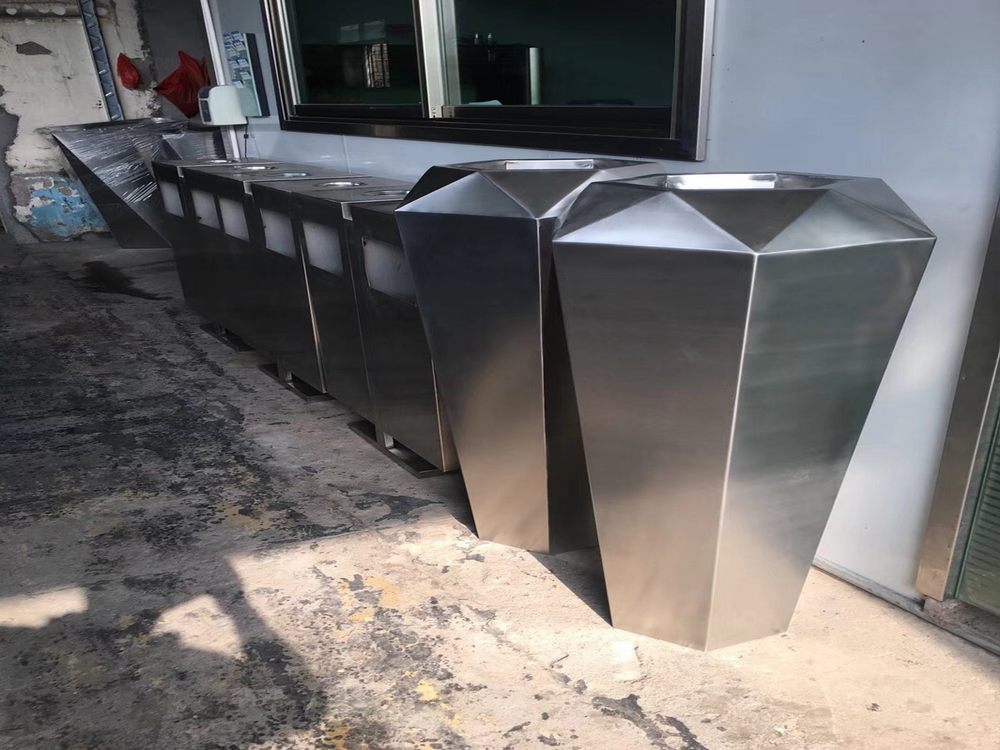
Porcelain sculptures, with their rich cultural heritage and versatile materiality, have become a dynamic medium for interdisciplinary art collaborations. Their unique blend of craftsmanship and artistic expression allows them to transcend traditional boundaries, connecting fields such as fine art, design, architecture, and even technology.
One key contribution lies in porcelain's tactile and visual appeal, which invites experimentation across disciplines. Artists collaborate with engineers to explore structural possibilities, while designers incorporate porcelain's delicate aesthetics into functional objects. These partnerships often yield innovative outcomes, such as kinetic porcelain installations or 3D-printed ceramic hybrids.
Moreover, porcelain's historical significance fosters cross-cultural dialogues. Contemporary artists frequently reinterpret traditional techniques through modern lenses, collaborating with anthropologists or historians to create works that comment on identity and globalization. Such projects not only preserve craftsmanship but also make it relevant to today's interconnected world.
The material's adaptability also facilitates unexpected collaborations. In performance art, porcelain's fragility becomes a metaphor for human vulnerability, while in digital art, its reflective surfaces interact with light projections. These intersections demonstrate how porcelain serves as both medium and message in collaborative creativity.
Ultimately, porcelain sculptures act as catalysts for interdisciplinary innovation, proving that material traditions can evolve through collaborative exploration. By bridging gaps between art forms and cultural perspectives, they continue to shape the future of artistic practice.

